A celebration of ancient heritage was perhaps inevitable for a hotel in the birthplace of Confucius. LTW translates the past through a delicate modern framework.

August 16th, 2019
LTW Designworks didn’t have to look far when searching for inspiration for the new JW Marriott in the ancient city of Qufu in China’s Shandong province. With the hotel located just a stone’s throw from the UNESCO World Heritage site known as the Confucius Temple, designers planned a homage to China’s most famous philosopher.
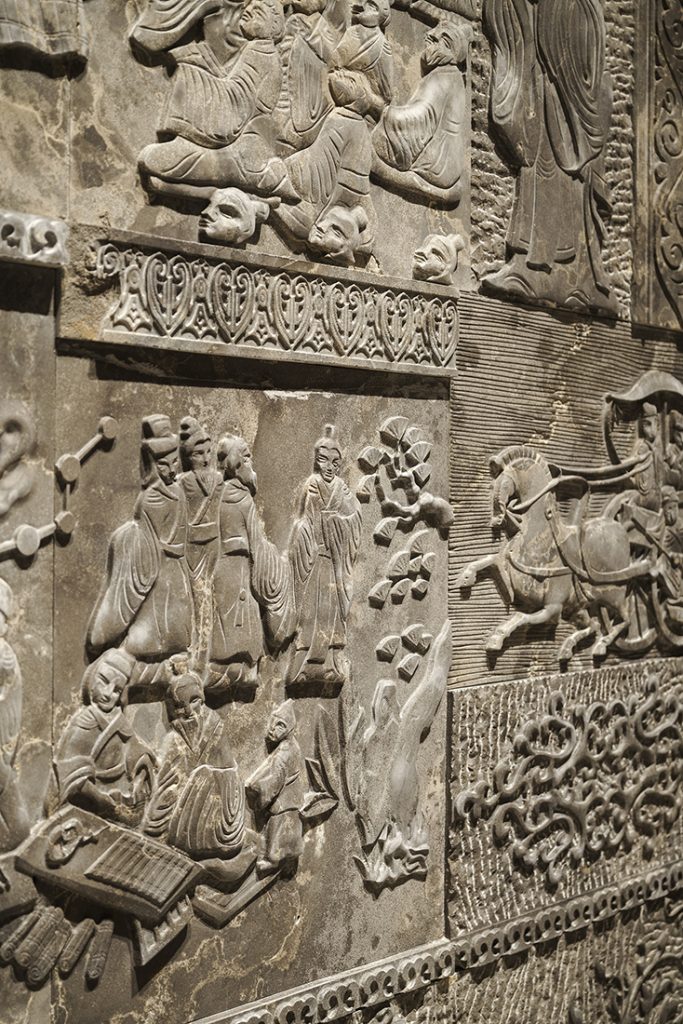
The exterior of the two-story hotel emanates the nearby temple. Beautifully crafted wooden partitions and grand columns reflect the vernacular architecture of Qufu – the birthplace of Confucius.
But throughout the JW Marriott Qufu, LTW references Confucianism’s ‘Six Arts’ – rites, music, archery, charioteering, literacy and numeracy. For the guest rooms, for example, LTW took Confucian literature as a centre point. The saying, “The wise find pleasure in water; the virtuous find pleasure in hills,” inspired the rooms, each set beside a private verandah or courtyard.
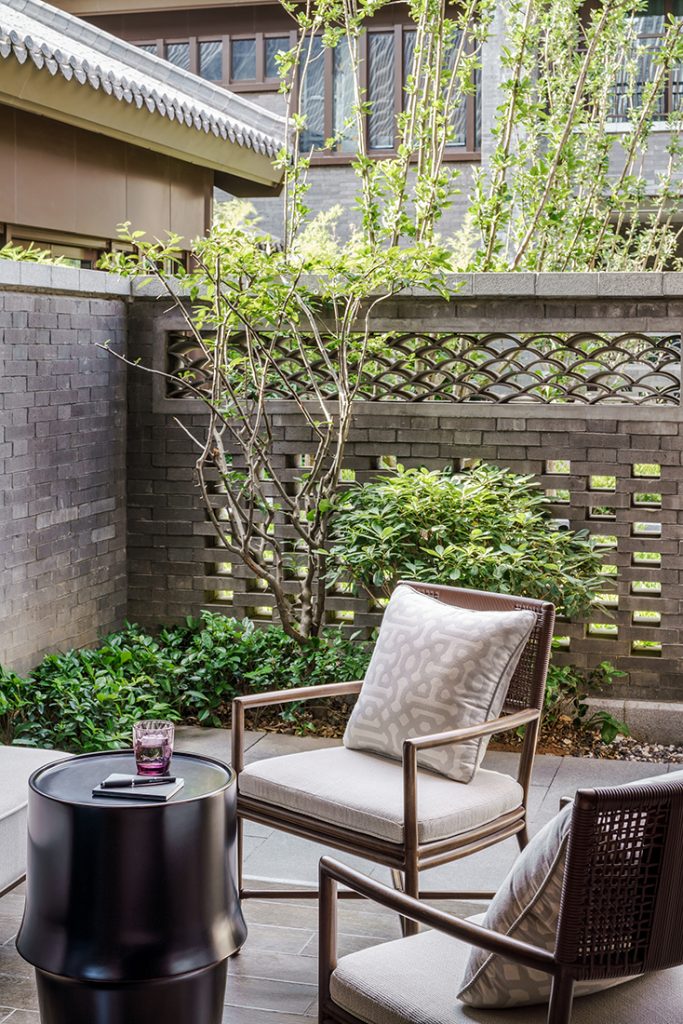
The rooms feature a contrasting yin-yang palette of deep brown (to convey the rigidness of the mountain) and white (to illustrate the fluidity of water). Dark walnut wood tiles contrast with an embossed headboard, while a ripple-design carpet aims to create a meditative atmosphere for guests.
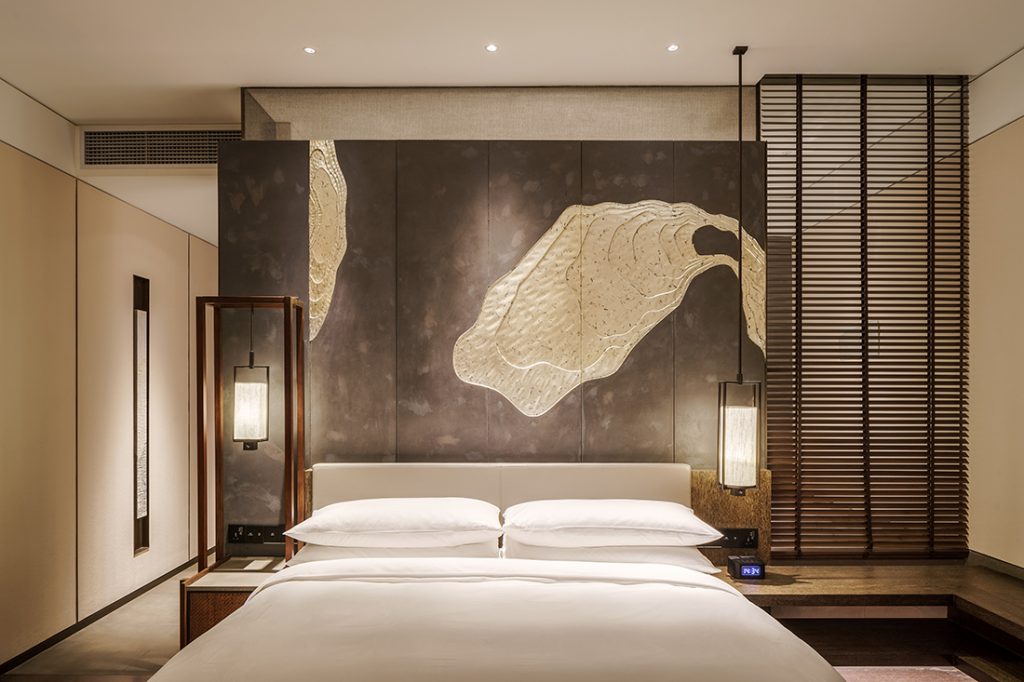
In the lobby of the JW Marriott Qufu, a statue of the Great Teacher kneels before a seven-metre-high gingko tree installation formed by intricately weaving scriptures formed from metal. The lobby, lounge and tea house replicate the adjacent temple’s scholar hall. A dark timber-framed glass roof with bronze detailing floods the neutral-toned lobby with light, giving it a fresh, outdoor feel.
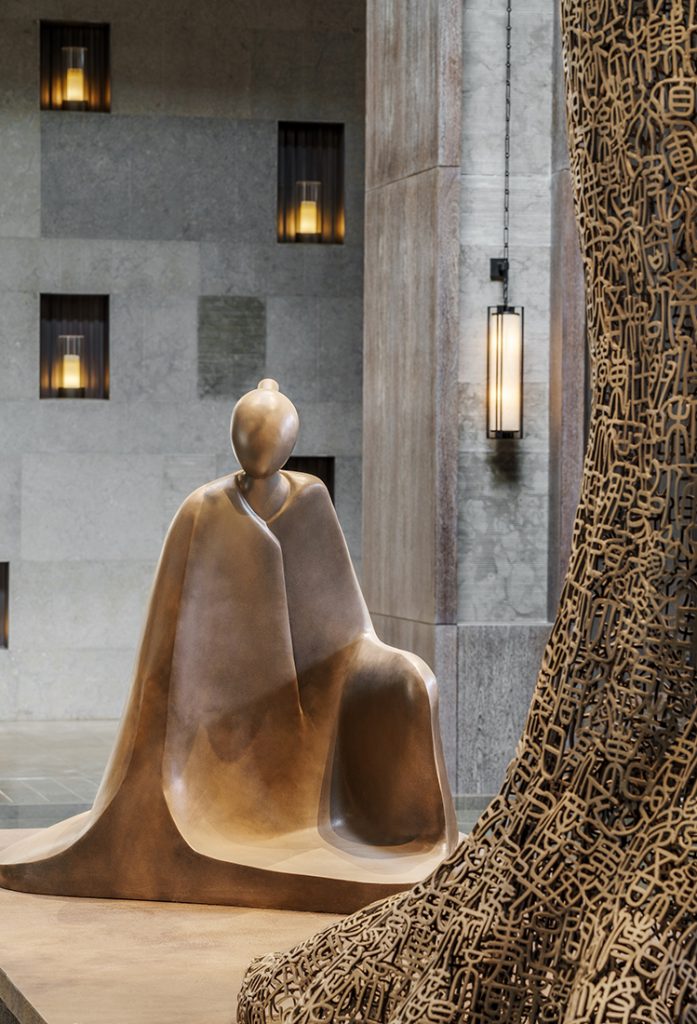
Behind the reception desk is a striking, gold-accented wall engraved with falling ginkgo leaves. The feature “intentionally highlights a dimension of space that draws on the ancient and modern, allowing guests to travel between the times,” say the designers.
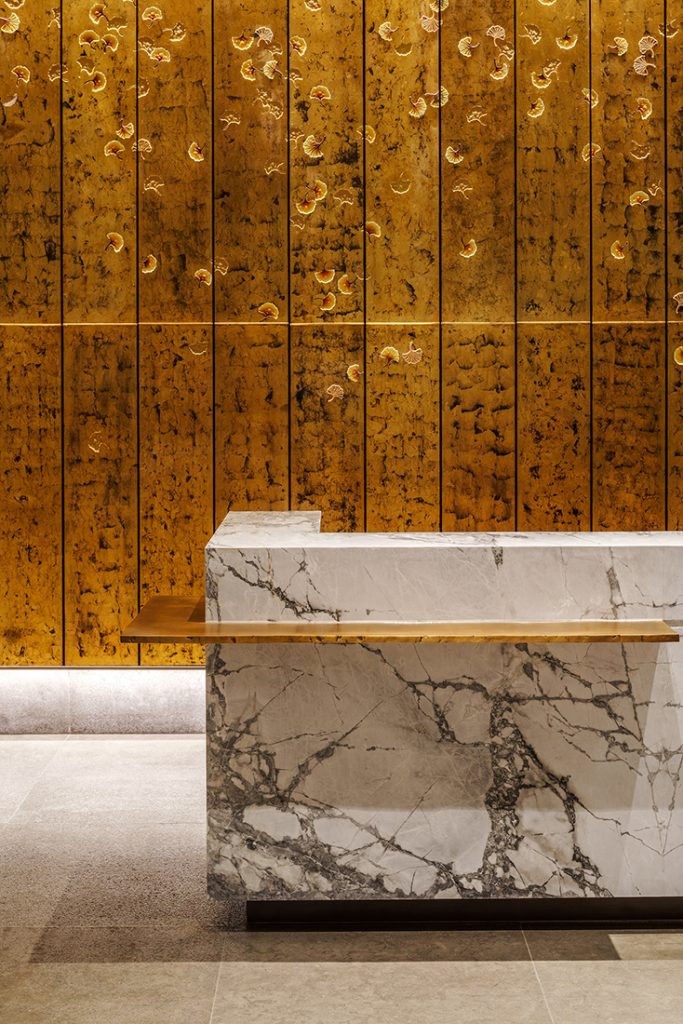
The spaces are partitioned by a moon gate, behind which dark timber furniture, rattan chairs, low-hanging mesh lanterns and wooden shelves laden with ancient Chinese scrolls and traditional stitched books give the space an intimate, inviting feel.
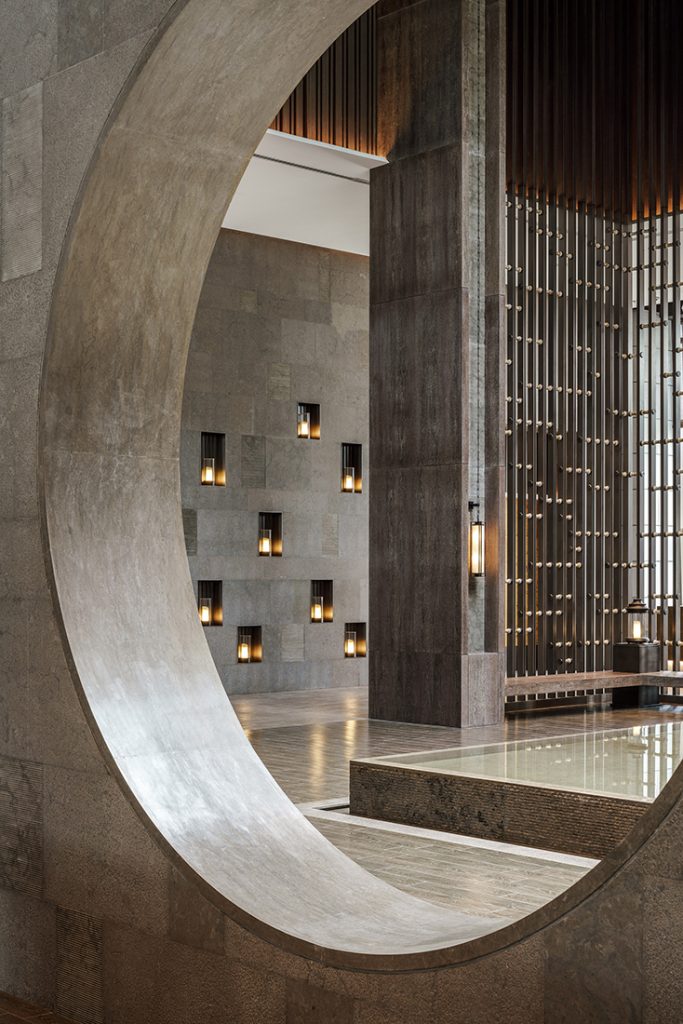
The tea house meanwhile, pays homage to the The Analects’ value of education; seating areas are surrounded by books, traditional tea sets and artworks devoted to books and musical instruments. Public and private seating areas are petitioned by white ceramic lattice.
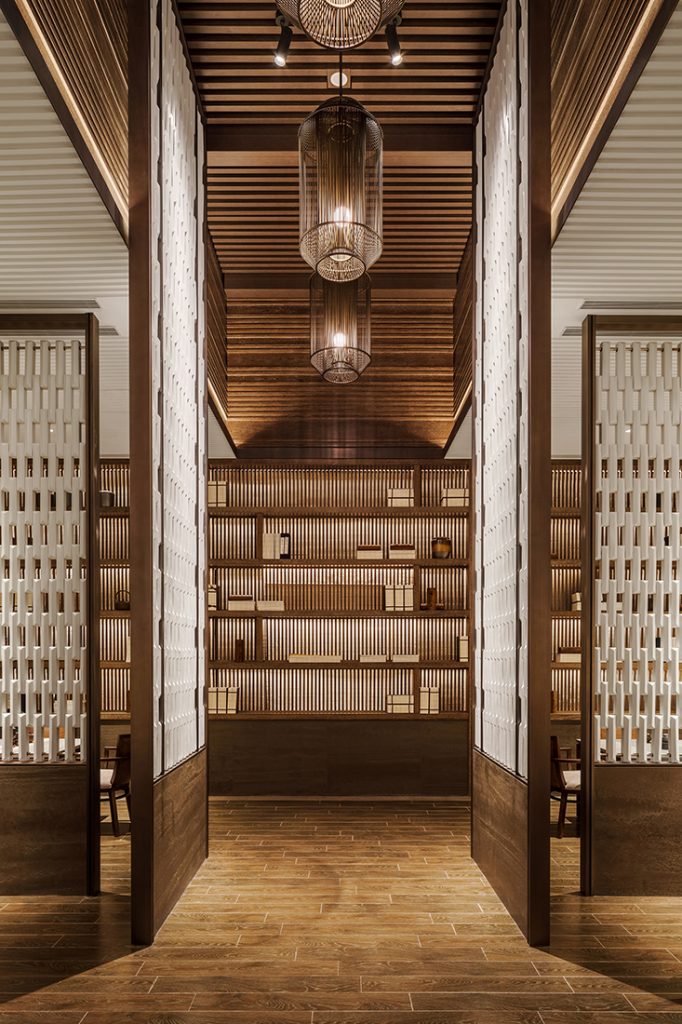
On the opposite side of the grand lobby, a romantic stone passageway lit with lanterns leads the way to the hotel’s restaurants. The all-day dining area features dark timber tiles, textured walls, and tawny brown leather seating overlooking the tranquil courtyard.
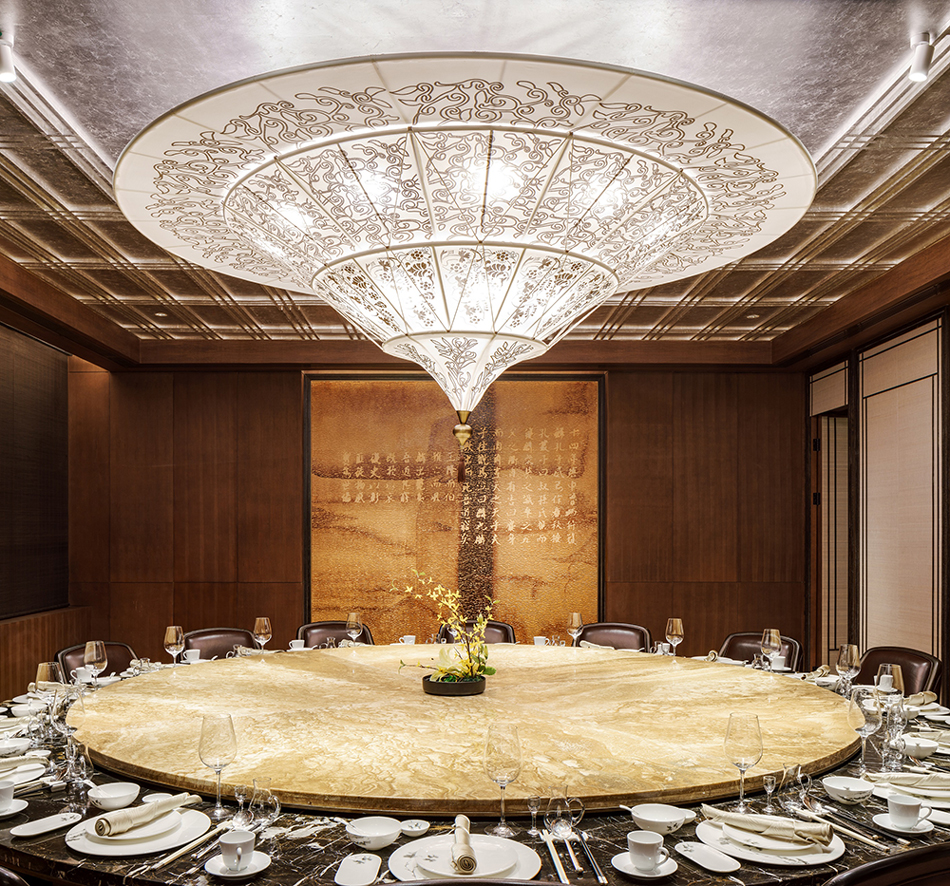
Meanwhile Residence, a two-story Chinese restaurant, features brings the outside in with the architectural nuances of the traditional courtyard. Here, the traditional wooden door panels of a temple become ornate bronze latticework to create partitions, cover ceilings and window screens.
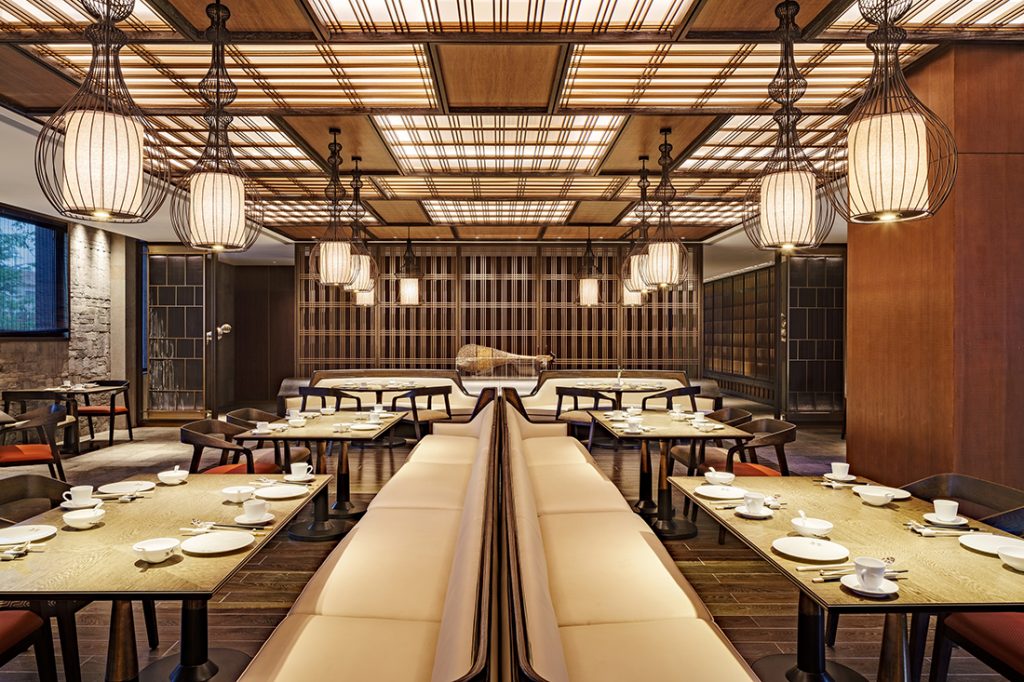
Read our profile of LTW Designworks in the current edition of Cubes magazine (issue 95).
INDESIGN is on instagram
Follow @indesignlive
A searchable and comprehensive guide for specifying leading products and their suppliers
Keep up to date with the latest and greatest from our industry BFF's!

To honour Chef James Won’s appointment as Gaggenau’s first Malaysian Culinary Partner, we asked the gastronomic luminaire about parallels between Gaggenau’s ethos and his own practice, his multidimensional vision of Modern Malaysian – and how his early experiences of KFC’s accessible, bold flavours influenced his concept of fine dining.

In design, the concept of absence is particularly powerful – it’s the abundant potential of deliberate non-presence that amplifies the impact of what is. And it is this realm of sophisticated subtraction that Gaggenau’s Dishwasher 400 Series so generously – and quietly – occupies.

Schneider Electric’s new range are making bulky outlets a thing of the past with the new UNICA X collection.

In this candid interview, the culinary mastermind behind Singapore’s Nouri and Appetite talks about food as an act of human connection that transcends borders and accolades, the crucial role of technology in preserving its unifying power, and finding a kindred spirit in Gaggenau’s reverence for tradition and relentless pursuit of innovation.

Andrea Mulloni is the head of sustainability at furniture manufacturer, Arper. With a particular emphasis on the evolving Catifa Carta chair, we chatted to him at Arper’s stand during Milan Design Week.

Dreamily poetic in his approach to any project, Joe Cheng, director of CCD and UN Cultural Ambassador, has adopted the Fenghuang as the thematic touchstone for Shangri-La Nanshan.
The internet never sleeps! Here's the stuff you might have missed
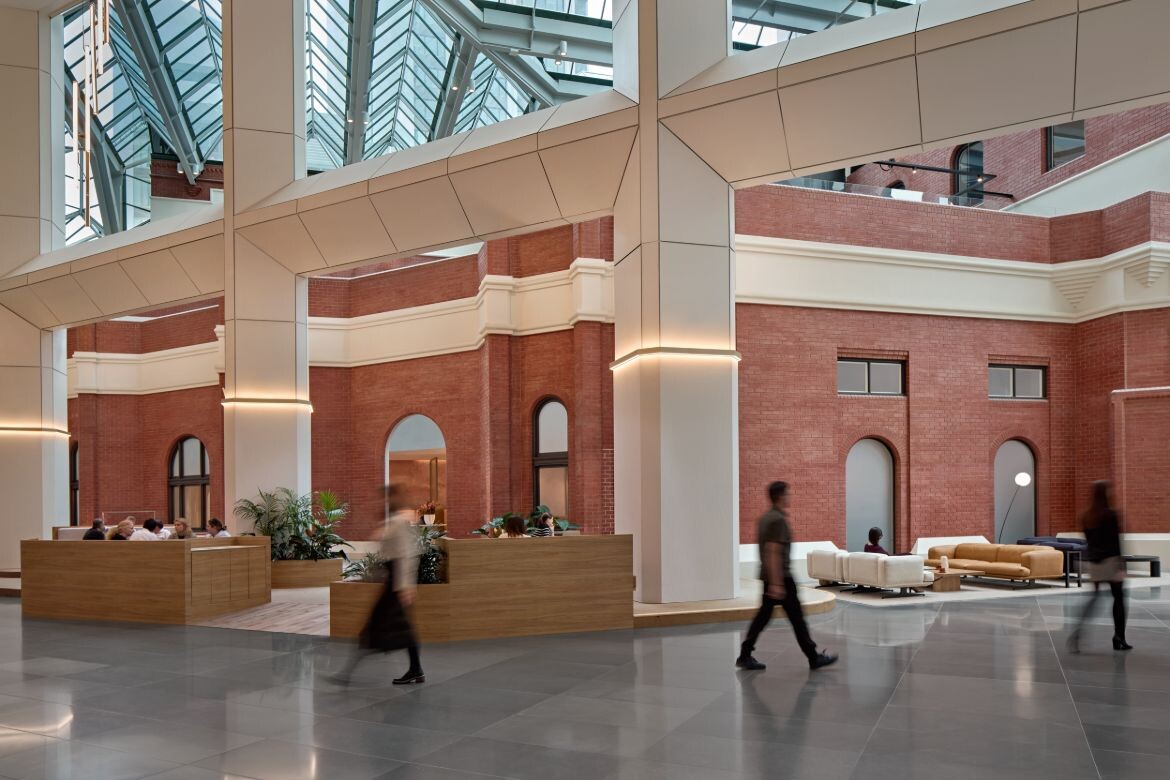
Woods Bagot has completed a lobby refurbishment inspired by the historic architecture of the Palace Hotel.

J.AR Office has redesigned the traditional warehouse typology into a contemporary precinct.

Chinese handbag design firm, Songmont, has seen ARCHSTUDIO transform a disused factory into a space of great engagement and joy.